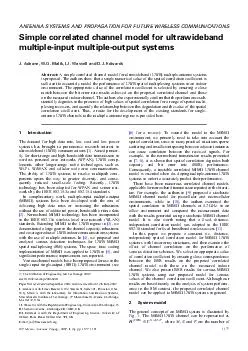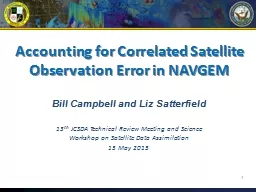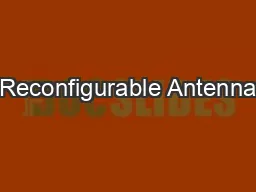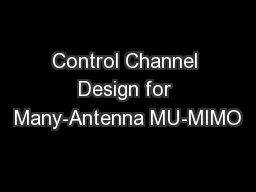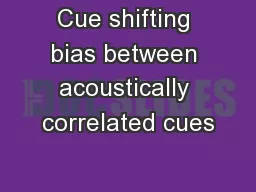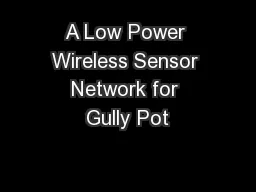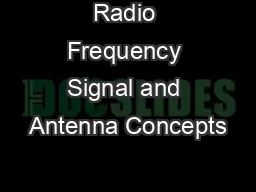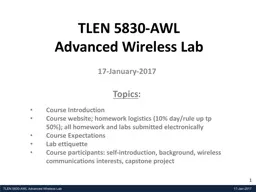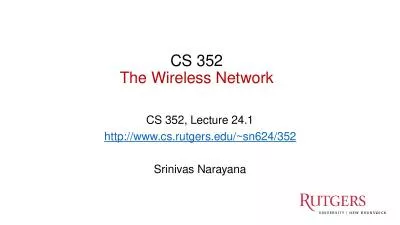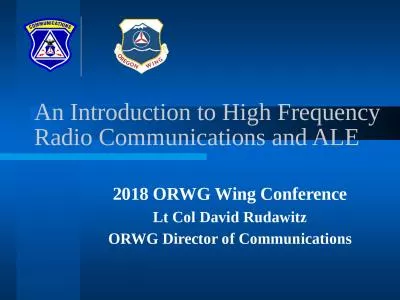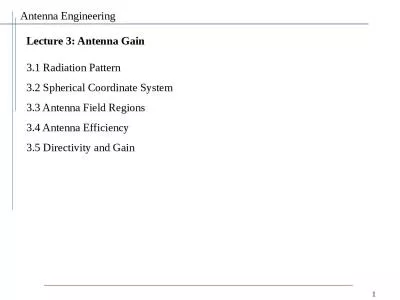PDF-ANTENNA SYSTEMS AND PROPAGATION FOR FUTURE WIRELESS COMMUNICATIONS Simple correlated channel
Author : jane-oiler | Published Date : 2014-12-18
Adeane WQ Malik IJ Wassell and DJ Edwards Abstract A simple correlated channel model for ultrawideband UWB multipleantenna systems is proposed The authors show that
Presentation Embed Code
Download Presentation
Download Presentation The PPT/PDF document "ANTENNA SYSTEMS AND PROPAGATION FOR FUTU..." is the property of its rightful owner. Permission is granted to download and print the materials on this website for personal, non-commercial use only, and to display it on your personal computer provided you do not modify the materials and that you retain all copyright notices contained in the materials. By downloading content from our website, you accept the terms of this agreement.
ANTENNA SYSTEMS AND PROPAGATION FOR FUTURE WIRELESS COMMUNICATIONS Simple correlated channel: Transcript
Download Rules Of Document
"ANTENNA SYSTEMS AND PROPAGATION FOR FUTURE WIRELESS COMMUNICATIONS Simple correlated channel"The content belongs to its owner. You may download and print it for personal use, without modification, and keep all copyright notices. By downloading, you agree to these terms.
Related Documents

